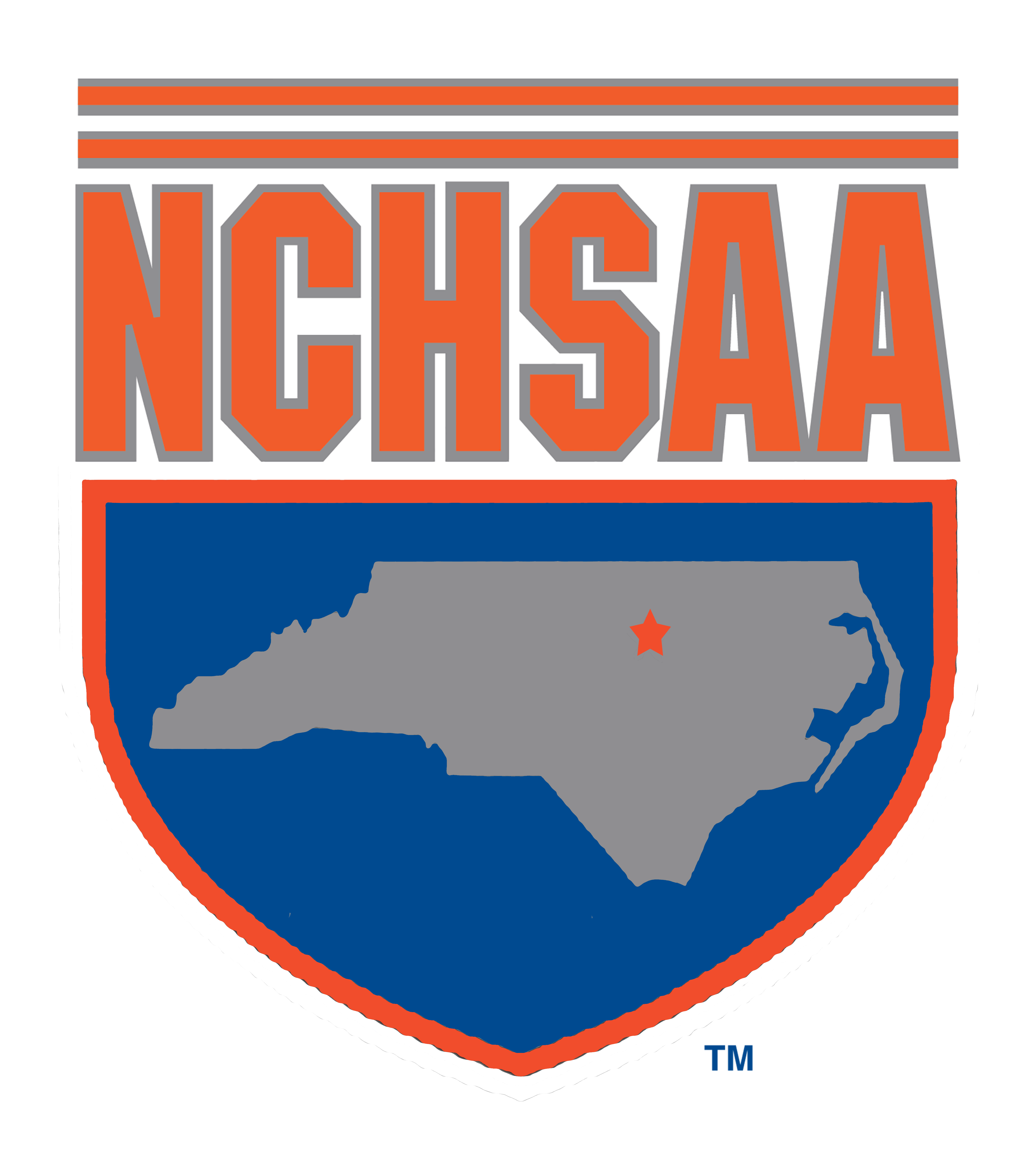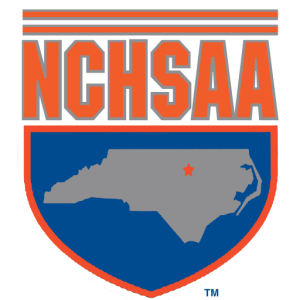Tim Stevens of the Raleigh News and Observer is a member of both the North Carolina High School Athletic Association Hall of Fame and the National High School Hall of Fame. He authored the special 100th anniversary commemorative book for the NCHSAA.
As the News and Observer celebrates its 120th anniversary, he had an opportunity to reflect on some high school athletic memories in a special column for the paper. Reprinted with permission.
The definition of “most memorable” is pretty easy for me. Whatever I remember is most memorable.
But much of what I remember probably isn’t very noteworthy in the grand scheme of things. My first basketball game was at old Henderson Vance High in the spring of 1967. I remember returning the next year and getting lost. I ended up in Virginia, my first trip out of state. Those memories probably register on no one else’s memory chart.
The same is true of my first football game in the fall of ’67, when Clayton played Meadow. I remember former Clayton football coach Glenn Nixon saying after a win at Apex in a downpour that the last time he’d seen a game played under those conditions was in the leather helmet days. In hindsight, that might have been no exaggeration. I remember I couldn’t get in the announcer’s booth and my notes washed away.
I remember when Oxford Webb played in a basketball gym where spectators could beat on the ceiling and when Bunn played in a gym with all the bleachers on one side. Fuquay-Varina was a girls’ basketball power in the late 1960s behind the play of Sheila Cotton, but back then there was no state playoffs for girls.
I once was the only white guy in the gym.
Baseball was played on a red-clay infield, and the 100 referred to yards, not meters. Track athletes competed in the hop, skip and jump. A local athletics director said the school would add swimming if the kids were willing to practice in the Neuse River.
I also remember plenty of stories I wish I hadn’t written, or had written a different way. There have been times when I literally threw up because of printed mistake.
But those are my memories and not really the most memorable events in covering high school athletics for about 50 years. In honor of The N&O’s 120th birthday Tuesday, here are some of the more memorable things that have happened to high school athletics in North Carolina. Some are good. Some, I think, are bad. Some are just different.
1 Adding girls sports: High school athletics was dragged into gender equality by Title IX. Adding girls’ athletics ranks with integration as the best things that ever happened to high school athletics.
2 Values based programs: Charlie Adams, then the executive director the North Carolina High School Athletic Association, met me for lunch – I had blackened shrimp with cheese potatoes – to say high school athletics had to embrace character education and start emphasizing the values that were being taught. I asked whose values? Everybody should agree honesty, sportsmanship, dedication, fair play, accountability and healthy lifestyles are commendable, he said. Soon character-based education became the mantra of high school athletics.
3 Emergence of other sports: Coach Bob Catapano’s Sanderson Spartans once went a national record 109 consecutive games without a loss during the mid 1980s. Catapano changed the way high school soccer was covered in the state and set the stage for coverage in all sports instead of just football and basketball.
4 Player proficiency: I literally could not see the ball when East Carteret’s Brien Taylor pitched in 1991. He had a slow and easy windup and you’d hear the mitt pop. Josh Hamilton hit baseballs harder than seemed possible. Players perform feats unimaginable in 1967.
5 Electronic coverage: Garner’s undefeated season in 1987 changed high school football coverage in the Triangle. Garner became a television darling behind the running of the exciting Anthony Barbour. The proliferation of electronic devices makes finding information about games much easier.
6 Emergence of non-boarding parochial schools: Cardinal Gibbons used to play basketball inside a small gym on Western Boulevard. The Crusaders’ early attempts at resuming football were a struggle. But from the 2005-06 school year when the Crusaders entered the NCHSAA until now, the Crusaders have become the state’s most dominating athletic program. Cardinal Gibbons has won 45 state titles, including seven each in girls’ cross country, volleyball and boys’ tennis. Charlotte Catholic, another parochial non-boarding school, has 41 state titles. East Chapel Hill and Broughton are tied for third on the title list with 23 since 2001-02. No school in Harnett County has won a state title in an NCHSAA sport.
7 Emergence of private school athletics: For years I put private school basketball at about the level of the NCHSAA’s 2A classification. Now, it is common for seven or eight of the top boys’ basketball players in the state to play in the N.C. Independent Athletic Association or in a non-affiliated program.
8 Dynasties: Former Cary wrestling coach Jerry Winterton had a 642-13 dual-meet record. Programs such as Broughton girls’ soccer, Charlotte Independence football and Enloe’s boys’ swimming, have joined the Imps in collecting state titles in bunches.
9 A loss of loyalty: Kids used to grow up dreaming of playing for the local high school team. Today’s children often have no idea of where they are going to high school. The proliferation of various kinds of schools, various enrollment criteria and other options have altered the old standard of local kids playing for the local school.
10 The quest for scholarships: Athletic scholarships used to be a rarity. Now they are expected by many parents. The quest for scholarship dollars is having a profound affect on high school athletics, and almost all the changes are negative. Today’s athletes often specialize too early, play too much, are injured too often and sometimes are pressured excessively. It seems that at times everything else is sacrificed in the pursuit of an athletic scholarship.


